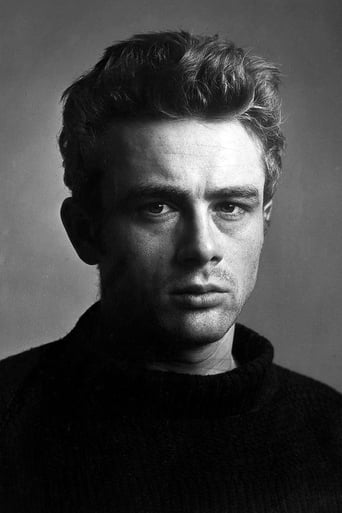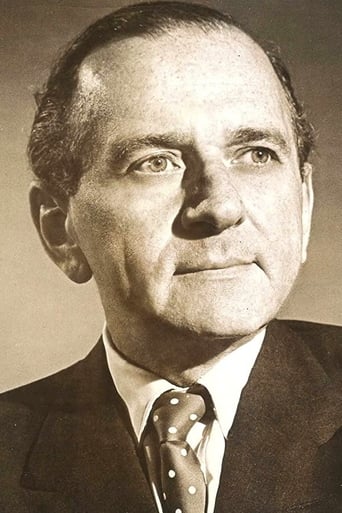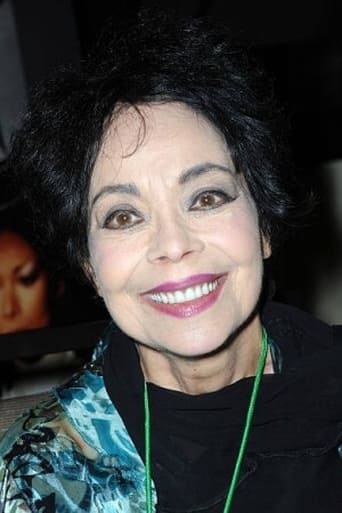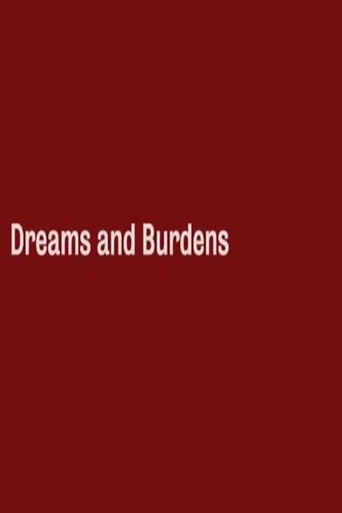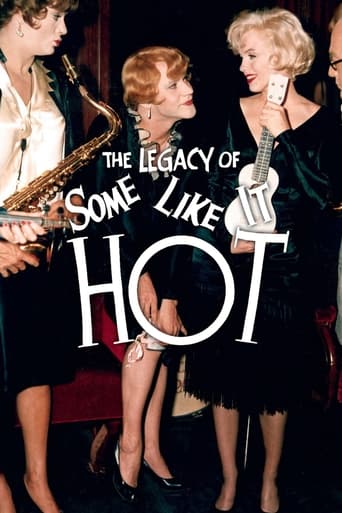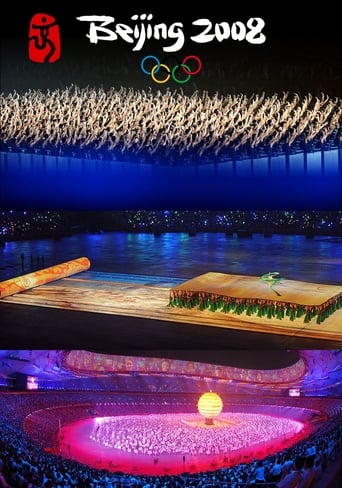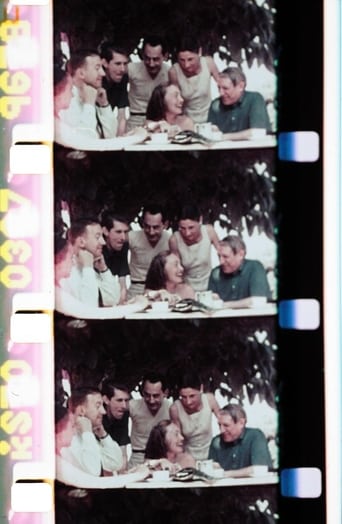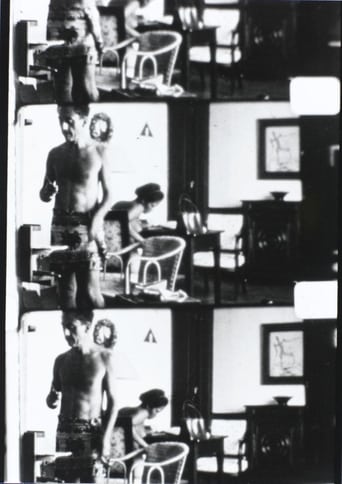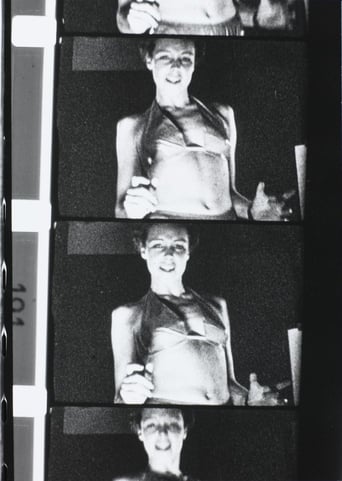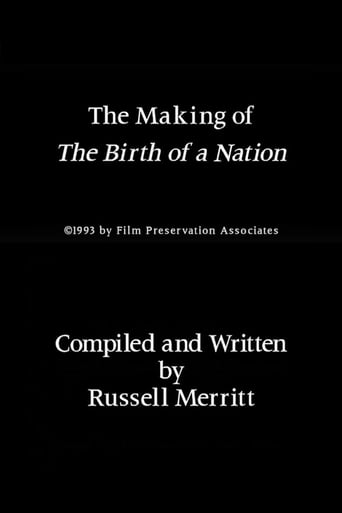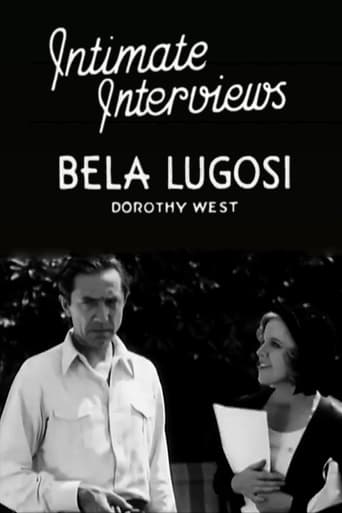

The James Dean Story (1957)
Released two years after James Dean's death, this documentary chronicles his short life and career via black-and-white still photographs, interviews with the aunt and uncle who raised him, his paternal grandparents, a New York City cabdriver friend, the owner of his favorite Los Angeles restaurant, outtakes from East of Eden, footage of the opening night of Giant, and Dean's ironic PSA for safe driving.
Watch Trailer
Cast


Similar titles

Reviews
There is something very appealing about a documentary that dares to psychologize its subject (if not to the point of the Self digression), because so many documentaries, these days, try to feign objectivity to the breaking point, even when, ala Michael Moore, their position- pro or con, is manifest from the get-go. Similarly, the personal accounts of Dean seem far more genuine than later documentaries in which interviewees seem to mug for the camera, and pull apocryphal tales out of their asses, just to get their own lousy fifteen minutes in the sun. The interviewees here are speaking contemporaneously, before Dean's legend really took off, and there is none of the deliberate or unintended fuzzing of memories towards the better angels of Dean's nature.The lone exception to this particular good quality of the film, is a scene where Altman gets the family and friends of Dean to re-enact their reactions to first hearing of Dean's death in a car crash of his Porsche on September 30th, 1955. What makes this section so poor a piece of filmmaking is the fact that earlier, we get to listen to a surreptitiously recorded 'real' conversation between Dean and his relatives, and the contrast between that and the 'scripted' parts is so great. Also, the film makes good use of the slow panning technique over still photographs that would later be used so successfully by documentarian Ken Burns. However, a caveat should be noted, and that is that the reason the technique works so well in the film is that the source photos are so intriguing. Yes, Dean comes off as a terminal narcissist, but he really did know how to strike the pose, and surround himself with photographer pals to immortalize himself.That said, the film, even at its mere 79 minutes of length, tends to wear a bit thin after the hour mark, because the reality is that Dean, despite this film's best intentions and claims, was not a particularly good actor. He was a relentless and born ham, and one need only watch Marlon Brando and Montgomery Clift, vis-à-vis Dean, to see the gulf between good and mediocre Method actors. Yet, while scenes from his films are few, there are some good passages with some of Dean's friends from New York and Los Angeles restaurants, some outtakes from films, newsreels of the opening of Giant, and a Public Service Announcement for safe driving, which more than make up for the film's deficiencies. Thus, The James Dean Story is a film and DVD worth watching, even if there are no extras, for its dated style becomes that rare quality that enhances even as it detracts. When was the last time you engaged a piece of art you could say even that of?
"The James Dean Story" is introduced as "A different kind of motion picture," explaining, "The presence of the leading character in this film has been made possible by the use of existing motion picture material, tape recordings of his voice and by means of a new technique - dynamic exploration of the still photograph." The only "tape recordings of his voice" noteworthy is one short recording Mr. Dean make while visiting his family in Indiana; he wanted to record any family recollections of his great-grandfather Cal Dean, intrigued because he played a similarly named "Cal" in "East of Eden". Dean asks if Cal Dean was interested in art, and learns the relative was an auctioneer. James Dean was interested in art and had warm relationship with his family, obviously. That's the only 100% accurate revelation in this documentary. James Dean was interested in art and had warm relationship with his family.An amazing "screen test"/"outtake" from "East of Eden" appears near the film's end. It's a black and white scene between Dean (as Cal Trask) and co-star Richard Davalos (as Aron Trask). Dean is at his mesmerizing best. If this scene appeared only here, and no "East of Eden" film was completed, this documentary would be an essential, high rated film. But the scene, a perfect "10" in isolation, should be considered an "East of Eden" extra. Dean's "Traffic Safety Film" is also worth seeing.There are the expected interviews with family and friends. My favorites were the guy (Lew Bracker) going through a box of stuff Dean left with him, and Dean's family. There wasn't enough from Aunt Ortense and the letter from Dean to his little cousin was very nice. More reading of Dean's letters would have been welcome. Dean's unidentified writer friend seemed to have a better thesis for the film; filmmakers might have considered developing it as a main focus.Robert Altman's direction of Martin Gabel's reading of Stewart Stern's script is dreadful. What were they thinking? Perhaps, filmmakers can be forgiven due to the closeness of Dean's passing. Don't expect "The James Dean Story" at all. This movie is more about Dean's effect on people (both the fans and filmmakers) than the man. It is very clearly an early piece of the James Dean myth-making "legend". Tommy Sands sings "Let Me Be Loved". The narrative refers to Dean as "He" with a god-like air. The shots of Dean's family seeming to "know" the moment he dies are truly wretched.** The James Dean Story (8/13/57) Robert Altman ~ James Dean, Martin Gabel, Richard Davalos
Perceptions will vary wildly about this film and may parallel some misunderstandings of who Dean was: Unless you have an intuitive view, you might think of Dean as arrogant or standoffish...the icon you see in posters of "rebel". In reality he was shy, tender, yet very driven to constant self-exploration. This documentary, shot not long after Dean's passing, successfully tells his story through his real friends and family. Hollywood apparently no longer aspires to make this kind of honest film without the sensationalism and innuendo heaped in for "box office". Back in '57 folks didn't cry on cue just to prove the depth of their sentiments while being interviewed. Yet one can plainly feel the love felt and the deep impression Dean made on those around him. Altman and George reveal that the "rebel" aspect attributed to Dean was not some sort of love of violence (a la today's Pulp Fiction), but was Dean's expression of loneliness and search for acceptance...much like the character Cal in East of Eden.
This 1957 documentary was thrown together to capitalize on the Dean legend and hopefully cash in on it. Out of luck - even Dean's ardent fans avoided this turkey. Using still photography and a morose narrator, Martin Gabel, this contains little useful information not already known about Dean. Interviews with family and neighbors back home shed little light - they are so terminally dull and brimming with flat affect, one is astonished that Dean's fluidity of expression and sensitivity grew out of this environment. Of some value is an outtake from EAST OF EDEN (presented here in dimly lit black and white) between Dean and Davalos. It's a gruelling 82 minutes.


